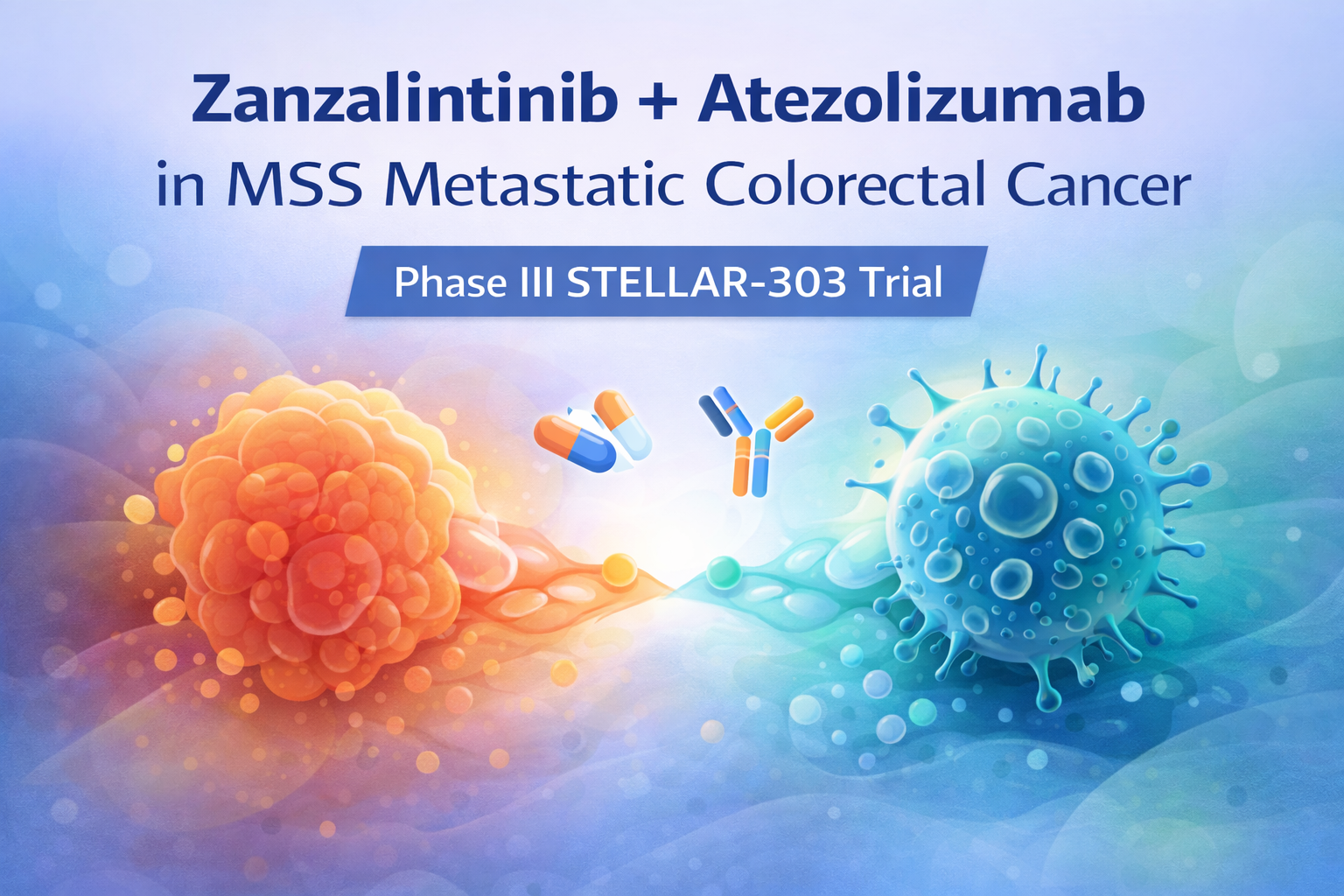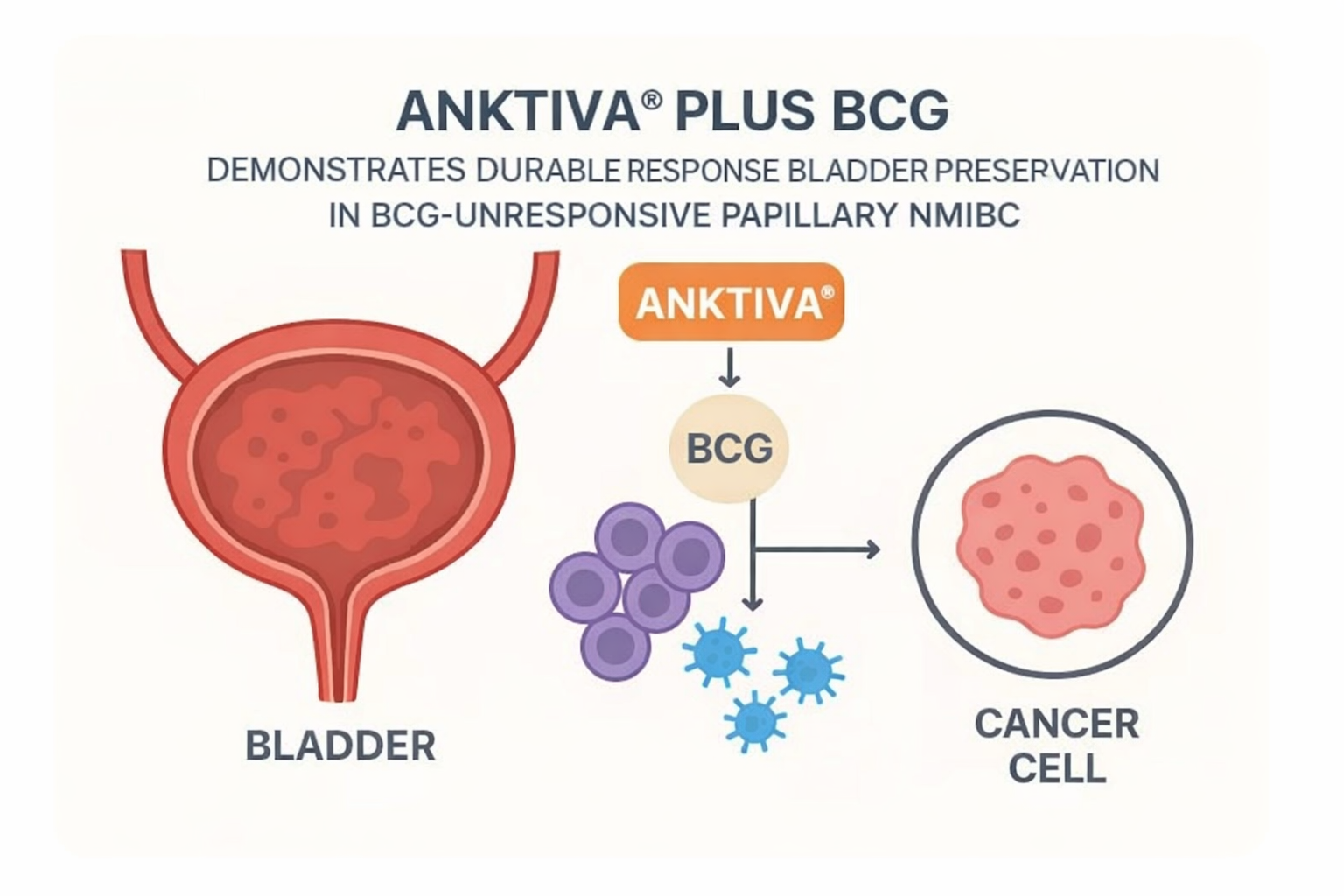

Dual CAR-T cell therapy targeting CCR9 and CD1a antigens could treat 86% of T-ALL patients while avoiding the fratricide and T cell aplasia seen with current pan-T antigen approaches. This strategy eliminates the need for complex genome editing and allogeneic transplantation required by current CD7 CAR-T therapies.

Study Design & Population
Preclinical translational study with extensive validation
- 180 primary T-ALL samples analyzed for antigen expression
- Multiple in vitro models: MOLT4, SupT1 cell lines and patient-derived xenografts (PDXs)
- In vivo validation: NSG mouse models with T-ALL PDXs
- Patient-derived CAR-T cells generated from T-ALL specimens
Key Findings
- CCR9 expression: 73% (132/180) of diagnostic T-ALL cases, 92% (12/13) at relapse
- Combined targeting: 86% patient coverage using 20% expression threshold for either antigen
- Safety profile: CCR9 absent on normal T cells, minimal expression in healthy tissues except thymus and intestinal lymphocytes
- Dual CAR-T efficacy: Complete elimination of heterogeneous T-ALL populations in vitro, 80% complete response in aggressive PDX model
- Antigen plasticity: Leukemic subpopulations can regenerate original tumor heterogeneity, supporting dual-targeting rationale
Clinical Implications
- Expands treatment eligibility from ~30% (CD1a-only cortical T-ALL) to 86% of T-ALL patients
- Enables autologous CAR-T manufacturing without blast contamination concerns
- Eliminates need for genome editing and associated regulatory complexities
- May prevent T cell aplasia, potentially obviating allogeneic transplantation requirement
- Addresses tumor heterogeneity and reduces antigen escape risk
Limitations
- Preclinical study only – clinical safety and efficacy unproven
- Limited efficacy in samples with very low antigen expression (<20% threshold)
- Tandem CAR configurations failed – required co-transduction approach
- Manufacturing complexity using two separate lentiviral vectors
- Long-term persistence and exhaustion profiles not established
Source: https://jhoonline.biomedcentral.com/articles/10.1186/s13045-025-01715-0




